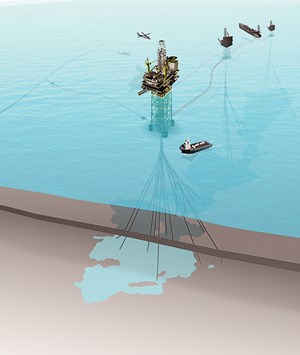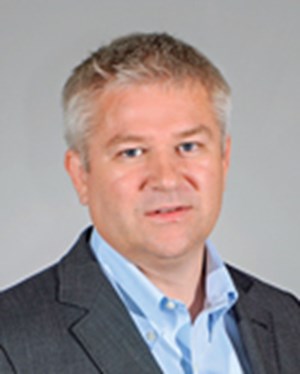Statoil and China’s Sinochem invest heavily in Brazil’s Campos basin
World Oil: Statoil is respected internationally for its long-term planning. Would you consider the company’s hefty investments in Brazil, despite the corruption probe at Petrobras, as an example of that long-term vision?
Pål Eitrheim: Brazil remains an attractive country and fits perfectly with Statoil´s strategy, experience and capabilities. We have a strong position and operating organization in Brazil, where we have been established since 2001. Currently, we operate the largest offshore field outside Norway, Peregrino. Our high-potential exploration portfolio in emerging oil plays in Espírito Santo basin and Campos basin—including the large Pão de Açúcar discovery—represents our “seeds” for future harvest and growth.
WO: Why did Statoil decide to cut 10% of its global investments in 2015, to $18 billion, while maintaining investment levels in Brazil?
Eitrheim: Our industry faces a cost and profitability challenge that we have to solve to improve margins and cash flow. In Brazil, we see opportunities for sustainable, profitable growth.
WO: Please explain Peregrino Phase II (Fig. 1). When do you expect the National Petroleum and Biofuels Agency (ANP) to approve the development plan (PoD)?
Eitrheim: Phase II will enable the extension of Peregrino Main’s productive life and add recoverable reserves of approximately 250 MMbbl of oil. It is a competitive project and a strategic bridge to the future, consolidating our position in the Campos basin. The project entails a new wellhead platform and drilling rig, Platform C, which will join two other existing platforms, and the FPSO Peregrino.

On Jan. 30, Statoil and Sinochem, our partner in this project, delivered the PoD to the ANP, and the document is under evaluation by the agency. The project entails investments of approximately $3.5 billion, and will generate several positive effects for Statoil’s supply chain and substantial tax incomes for Brazil. Peregrino Phase II will strengthen our position in the country and reinforce our long-term commitment to local development.
WO: Since the Campos basin is a mature field area, what enhanced recovery technology will be used?
Eitrheim: Peregrino only started production in 2011. Completing four years of operation this April, it is not a mature field, yet. Nevertheless, we are already evaluating the use of polymers for increasing the reservoir sweep. Peregrino is a long-life asset, and we see commercial potential in the field, way beyond the license period. To maximize the value of Peregrino, we have launched an EOR improvement project that draws upon the best of Statoil´s experience and expertise.
WO: What other offshore technologies are being applied offshore Brazil?
Eitrheim: Some technologies developed in Norway and now applied in Peregrino are the multi-lateral (MLT) wells—three wells have been completed and put on production so far. Also, inflow control devices (ICDs) and autonomous inflow control devices (AICDs) are already being used in several wells. Plus, the water injection in the oil leg has had its pilot well operating since the second quarter of 2014. We also use broadband seismic data acquisition, which enables us to improve well planning, sand quality prediction, and geosteering on Peregrino, and extended reach wells (ERW) to drill with a horizontal step-out, up to around 8 km from the wellhead platform.
It is important to say that we also export knowledge from Brazil, as we have gathered experience in heavy oil production. One example is the improved efficiency of our operating ESPs (electrical submersible pumps), which today are considered proven best practices of Statoil ESP operations, and are also being implemented in Mariner and Bressay fields. ![]()
- Advancing offshore decarbonization through electrification of FPSOs (March 2024)
- Subsea technology- Corrosion monitoring: From failure to success (February 2024)
- Driving MPD adoption with performance-enhancing technologies (January 2024)
- Digital transformation: A breakthrough year for digitalization in the offshore sector (January 2024)
- Offshore technology: Platform design: Is the next generation of offshore platforms changing offshore energy? (December 2023)
- 2024: A policy crossroads for American offshore energy (December 2023)



